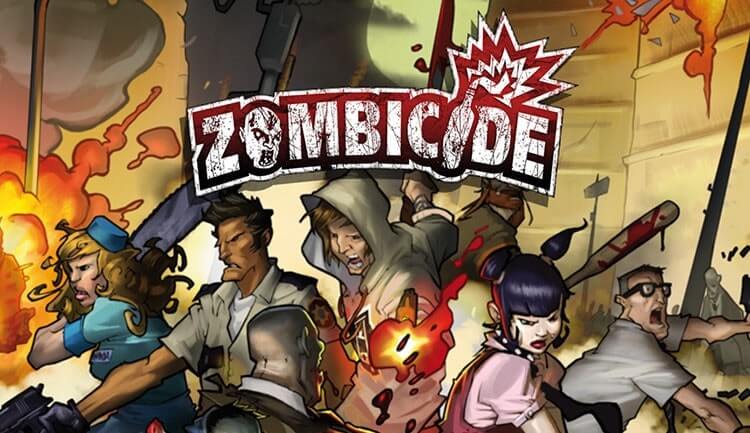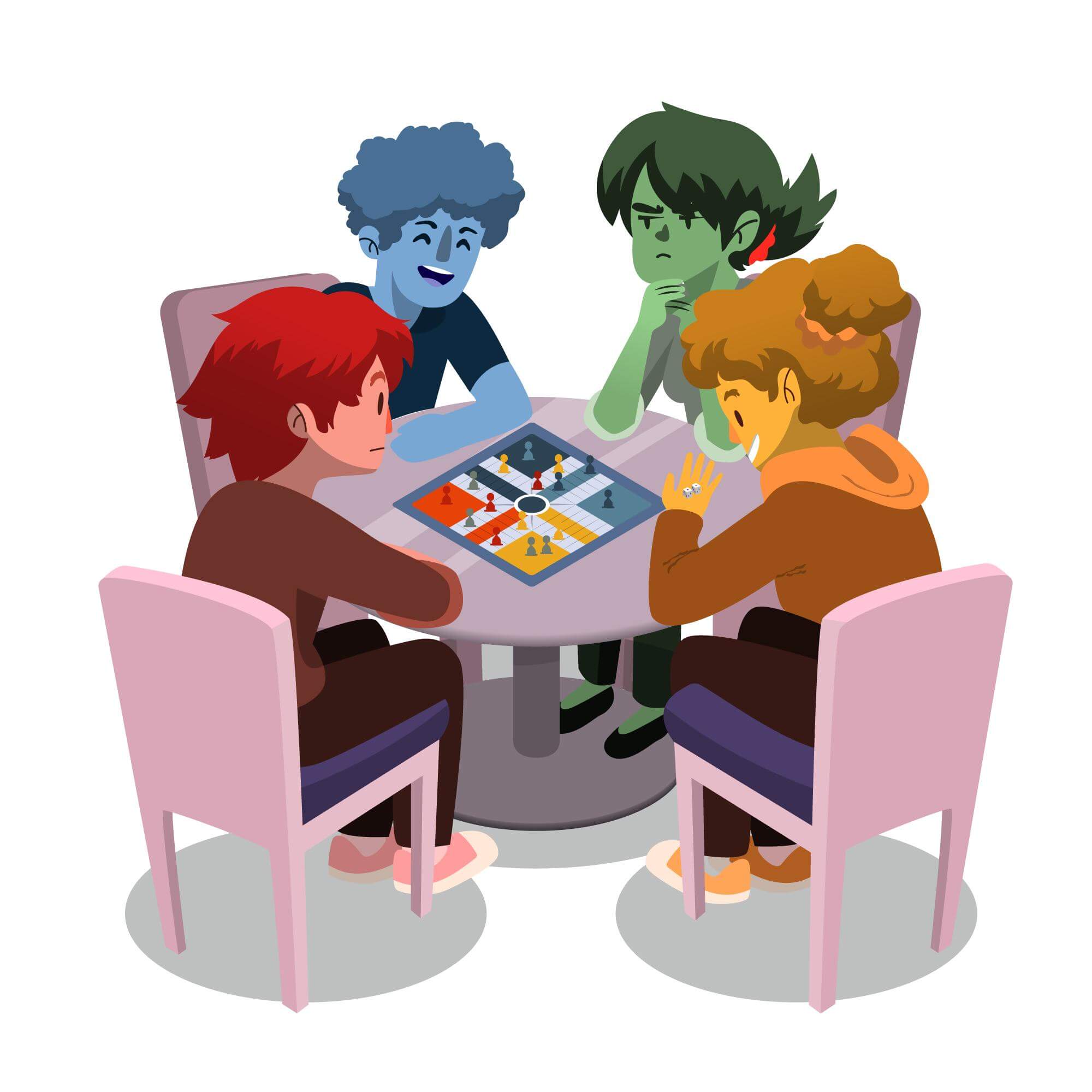Undoubtedly, board games have advanced significantly over time. Many technological and cultural developments over the past few decades have made it possible for a wide range of fun and thrilling board games to be released in the 2000s. Board games released in this decade transformed the industry and offered a ton of fun for all types of players, from adaptations of classic games to brand new and entirely original-themed games that are full of strategic twists and turns!
The 2000s brought about great changes in the board game industry. Board games went from being viewed as a traditional pastime played mostly by children and adults to becoming a mainstream form of entertainment. These new games, compared to traditional board games, offer players a high level of interaction, more engaging storylines, and more accurate, detailed components. Designers drew influence from technological advancements and diversified the range of players and topics that the games touched upon. These new games also accommodate different levels of difficulty, strategies, themes, and lengths of play, allowing gamers to choose which style of play is most enjoyable to them. Here are some of the best board games that came out in the 2000s;y
1. Twilight Struggle (2005)
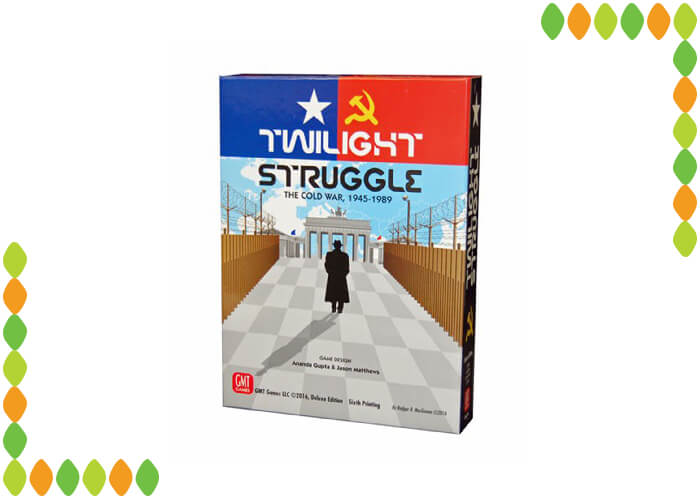
Twilight Struggle is a two-player board game that simulates the cold war. It was published in 2005 by GMT Games. The game is set in the period from 1945 to 1989 and is based on the real events of the cold war. The two players take on the roles of the two superpowers of the world – the United States and the Soviet Union – and try to spread their influence to all corners of the world.
Twilight Struggle is played on a map of the world divided into regions, and each region has a corresponding action card. Players use these cards to influence various regions and gain political control of them. The player who has more influence at the end of the game is the winner.
Twilight Struggle is a highly strategic game that makes players think several steps ahead. It is a game of risk and reward, as players face many opportunities where they have to decide to take a risk or play it safe. The game also requires players to think about the long-term consequences of their actions, as the game could take several hours to complete.
Even though the game could take hours to finish, it could also easily end in a matter of minutes, if one of the players makes too many mistakes. So players must think of long-term decisions, as well as maintain control as best as they can.
Twilight Struggle has been praised for its historical accuracy and for its ability to capture the tensions of the cold war. It has won many awards, including the Charles S. Roberts Award for Best Historical Game in 2006.
2. Brass: Lancashire (2007)
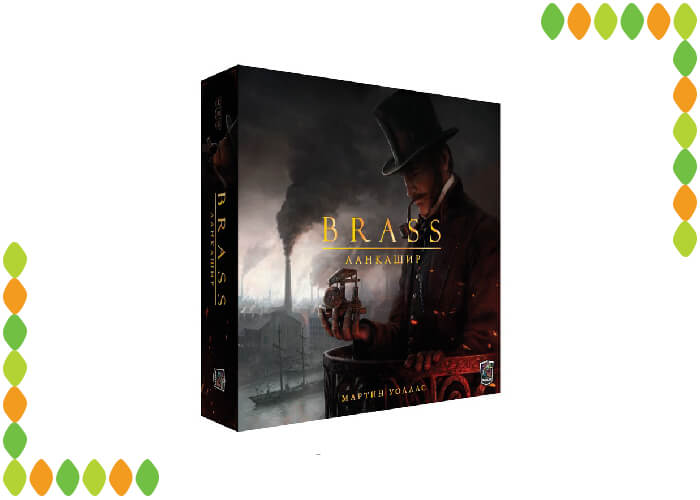
Brass: Lancashire is one of the best board games designed by Martin Wallace for two to four players. It is set in the industrial revolution in Lancashire, England. Players take on the roles of entrepreneurs competing to build their industrial empires. The game’s mechanics are based on economic and engine-building elements, and players must manage their resources, build their networks, and compete for the best industries.
The board is divided into several regions, each with different types of industries. The game is played in two eras; the canal era and the rail era. Players must build their networks of factories, as well as canals and rails to transport goods between different regions, and the market.
Players count points at the end of each era, and whoever has the most points at the end of the rail era wins the game. Points are earned by building efficient canal and rail networks, and building and selling various factories. Some of these factories provide resources, that can be sold for a profit or used to build other factories, and others simply provide points and money for the player.
Brass: Lancashire is highly interactive as players compete over the best positions for building, and can also use each other’s resources for building their own buildings. Brass has been remade in 2018 by the name of Brass: Birmingham, which isn’t very different from the original but has slight variations.
3. Through the Ages: A Story of Civilization (2006)
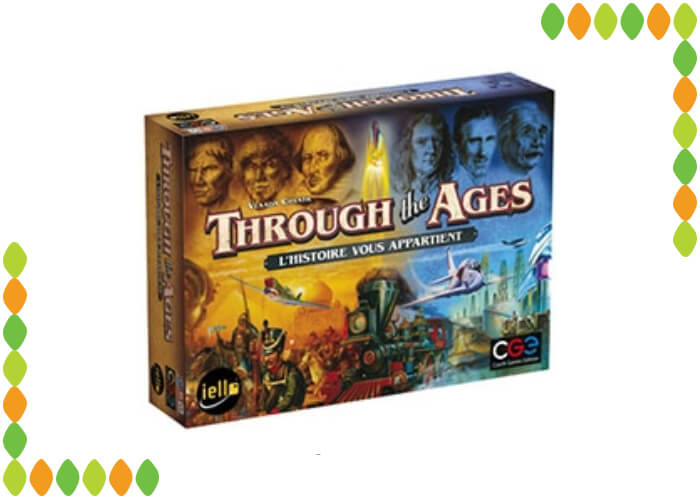
Through the Ages: A Story of Civilization is one of my personal favorites. It is a civilization game of strategy and resource management where players build their own civilizations from the stone age to the modern era.
The game is designed for two to four players and takes two to four hours to play. Players start with a very limited number of resources and technology and must use them to expand their civilization. As the game progresses through four ages players can develop technologies, build different buildings, train military troops, construct the wonders of the world, and more.
Throughout the game, civilizations elect various leaders, declare war against each other, build alliances, and apply different civil and military tactics so that each player has a completely unique civilization. Each time you play you end up with a different kind of strategy and outcome. The final age is the scoring age where world events are revealed and scored. Whichever civilization has the most points is declared the winner.
If you haven’t experienced a civilization game, I highly recommend Through the Ages as a gateway.

4. Pandemic (2008)
Pandemic is one of the most popular board games in its style and has become a big amazing franchise. Pandemic simulates a global pandemic of four viruses spread throughout the world. Players take the role of a disease-fighting team made up of different professions, working together to contain and eliminate these deadly viruses before they take over the world.
The game has a map of the world, with various cities and regions plagued by disease. Players must use their powers and their wits to travel around the world, treating infected cities and preventing outbreaks.
Pandemic is a cooperative game, and players don’t have any secret information, so they must consult each other and make the best choices as they balance their efforts between treating the sick, and preventing the spread of the disease. The game also often involves a variety of different events, such as natural disasters, political unrest, and other global events, which can affect the game and the players’ strategies.
The players all lose on three conditions; one virus fully spreads in the world, eight outbreaks happen, or the time of the game ends. But they only win on one condition; they find the cure to all four diseases.
Over the years, Pandemic has been published in many formats and themes, even with a trilogy of legacy games that are extremely popular.
5. Ticket to Ride (2004)
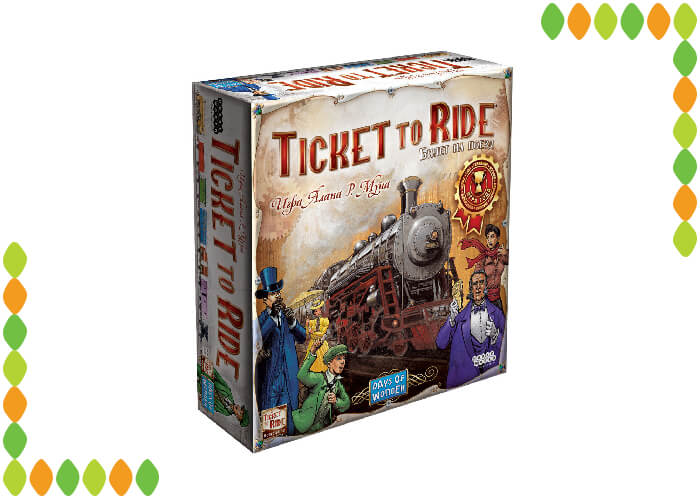
Ticket to Ride is one of the best gateway games for beginner players, as it is easy to learn, and fun to play. Ticket to Ride is a 2-5 player game in which players collect and play matching train cards to claim a railway route and connect cities throughout North America.
The game is played on a map of North America with many cities connected via coloured railway routes. Each player is given some plastic trains to place on these routes and some destination tickets that determine the course of the player’s game. By turn players must choose between three actions; take cards from the deck, play same-colour cards to claim routes, or draw destination tickets.
Destination tickets show two cities that must be connected by the player, and the number of points it gives you at the end of the game. Take note that if a player fails to connect the two cities on their destination ticket by the end of the game, the points will count as negative points. So players can even try to get in others’ way so they cannot complete their mission.
By placing trains, players complete their destination tickets as well as gain points for their placement. At the game’s end, the player with the longest connected route also gets some extra points. Whoever has the most points wins.
6. Dixit (2008)
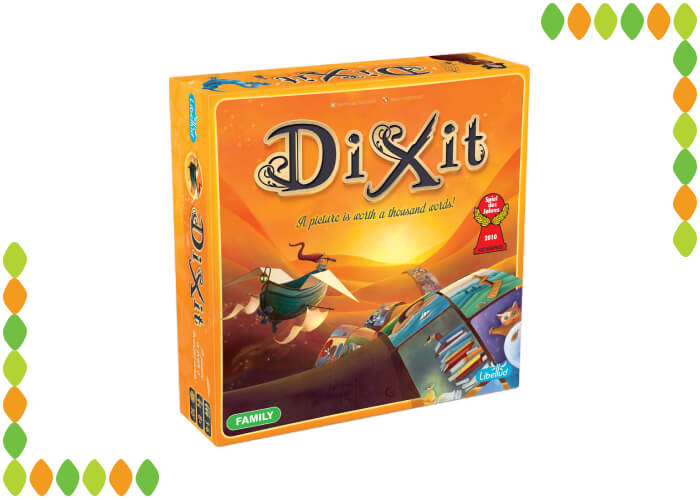
Dixit is a perfect game for family game nights because it isn’t a heavy game and anyone can learn quickly and play. It is a game of creative storytelling and imagination. Players try to use their creativity to tell stories and guess the stories of others.
Dixit is played with a deck of cards that feature beautiful artwork and abstract elements. Each card has a unique image that players use to tell stories. Players take turns being the storyteller. The storyteller chooses one of the images in their hand and makes up a story about it. Then, other players select a card from their hand that best matches the storyteller’s story. All of the cards are shuffled and players must try to guess which of the images is the storyteller’s card.
Every player who guessed correctly scores points. If all of them guessed correctly, the storyteller gets no points. If none of the players guess correctly this also happens. So the storyteller must try to tell a story that some of the players can guess, and some cannot.
Whichever player reaches a certain number of points wins the game. Dixit is a great game for all ages. It encourages creativity and imagination, and it’s a great way to get the family together for some quality time. It’s also a great game for parties, as it can be played with up to six players. The game is easy to learn and can be played in about 30 minutes.
Final Thoughts
The 2000s can be considered the first decade of modern board games and if you compare the games in this list with our older lists, you can see the great improvement they have undergone. What do you think? How many of your favorite games came out in the 2000s? Do you think it was a good decade for board games? Be sure to also check out our lists of the best board games of the ‘70s, ‘80s, and ‘90s.


